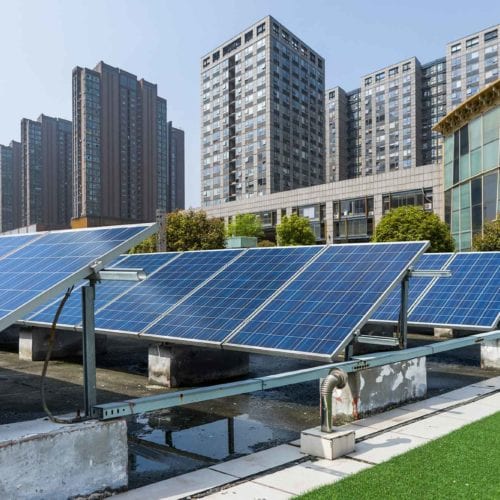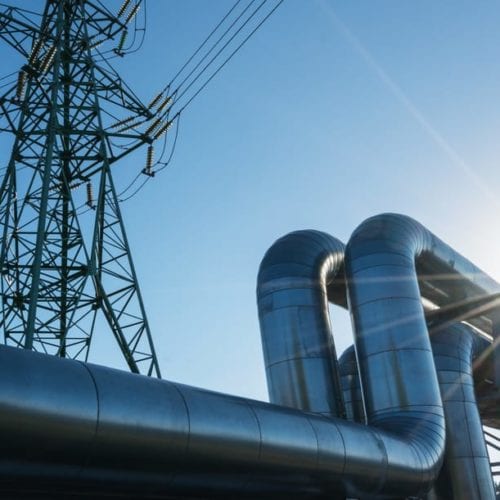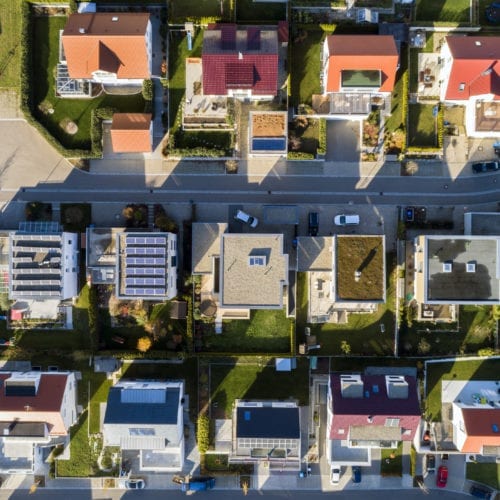
Buildings

Fossil Gas Has No Future in Low-Carbon Buildings
States and cities across the country are beginning to grapple with a persistent source of carbon emissions that has largely gone ignored: burning fossil fuels in buildings. While the electric power sector nationally has reduced emissions more than 25 percent, there has been no change in carbon emissions from direct…

Think Distributed Solar-Plus-Storage Isn’t Cost-Effective? Think Again.
As shown in a recent RMI report, battery energy storage costs are less than a fifth of what they were a decade ago. This is enabling batteries to become cost-effective in a growing list of locations and use cases, such as balancing the grid, reducing customer demand peaks, and…

A New Approach to America’s Rapidly Aging Gas Infrastructure
Spending on America’s Gas Systems Has Grown Dramatically in Recent Years Across the United States, the utilities that provide natural gas to homes and businesses have rapidly increased total spending, tripling from roughly $5 billion per year to $15 billion between 2009 and 2017, according to data from the American…

Making Our Existing Buildings Zero Carbon: A Three-Pronged Approach
To keep average global temperature rise to less than 1.5°C—which the IPCC states is necessary to avoid climate catastrophe—we need to fix our buildings. They are the largest end-users of energy, producing nearly 40 percent of US carbon emissions. Today, only a small fraction of our buildings do not produce…

Innovation Opportunities in Grid-Interactive Efficient Buildings
What if buildings could communicate with the electric grid to save money and reduce their environmental impacts? Buildings drive up to 80 percent of the peak demand on the grid, and peak demand drives grid investments in generation, transmission, and distribution assets, so there is a huge opportunity to balance…